Ad Sizes
Brian Wilson
Last Update 2 years ago
Ads play a crucial role in monetizing websites, and their effectiveness often hinges on their size and placement. The Interactive Advertising Bureau (IAB) has established standard ad sizes that are widely adopted across the digital advertising industry. Here's an overview of all the ad sizes:
1. Button - 120×60:
The 120×60 ad unit is an IAB standard ad unit with dimensions of 120 pixels wide by 60 pixels tall.
This ad size is known as a button, along with the now-defunct 125×125 ad unit.
A 120×60 ad unit is most commonly used on listing sites for freemium listings. They are also seen littered across the internet, placed in any spare gap on many websites, although this is not recommended.
120x60s generally do not cost much, as they do not perform very well. They are mostly ideal for co-branding exercises, where one website associates itself intrinsically with another via the use of a button ad instead of a normal hyperlink.
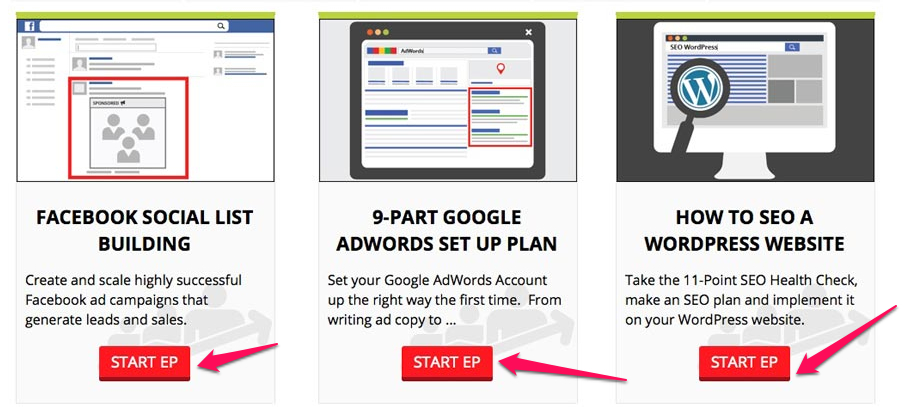
2. Skyscraper - 120×600
The 120×600 ad unit is a now-defunct IAB standard ad unit historically referred to as a skyscraper. The skyscraper size was 120 pixels wide by 600 pixels tall. The 120×600 skyscraper ad size was retired in 2011 by the IAB.
The skyscraper ad size has now been changed to 160×600 (which is sometimes called a super-skyscraper or wide-skyscraper). The skyscraper size was changed due to the consistently bad performance of the 120×600 (due to being very small compared with the 160×600).
Whatever the skyscraper dimensions, it is generally placed on the side of a page so as to show to users an ad as they scroll down the page. This makes a skyscraper ad (of both types) somewhat immune to demands for above the fold placements.
This skyscraper ad size however still remains somewhat frequently in use so should not be ignored. It is now more commonly served through a multi-size ad slot with a 160×600 ad unit so that either ad size can appear in the same ad slot.
Both the skyscraper dimensions of 120×600 and 160×600 are less popular than 728x90s or 300x250s, yet should still be placed on every page of a site for incremental revenue.

3. MPU - 300 x 250:
MPU is an acronym, but it has different meanings, each reveal different things about this ad size, and so they are still useful to know:
Mid Page Unit (or very occasionally ‘Mid Position Unit’) is the most common explanation. It is called this because MPUs are often used in the middle of long articles – you scroll down and it breaks up the text.
This increases the value of having one long page instead of lots of shorter pages. Ads used like this will make/cost less money than their above the fold counterparts.
Multi-Purpose Unit is the second most common explanation of this acronym. It is probably the most accurate, as MPUs are used in so many ways (as opposed to other ad sizes which tend to have only one or two uses).
For example:
- On Desktop at the top either margin
- On either desktop or mobile breaking content as you scroll down
- As Video MPUs
- On Desktop as sticky anchor ads
- As pre-game ads
- As static pre-roll or mid-roll ads
- To launch other ad units from
Message Plus Unit is a rare explanation of this acronym. The idea behind it is that an MPU can deliver a message, plus something more.
As with ‘Multi-Purpose Unit’, it is simply referring to how useful the MPU size and shape is to launch other units or to contain videos.
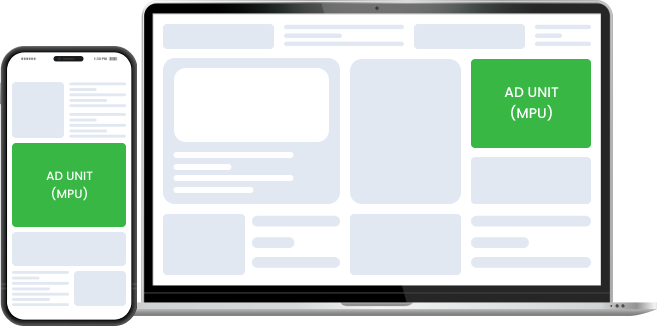
4. Mobile banner - 300x50
The 300×50 ad unit is an IAB Mobile standard ad unit with the dimensions of 300 pixels wide by 50 pixels tall.
This ad size is known as a Mobile Banner or Smartphone Banner. It is the little brother of the 320×50, which is known as a Mobile Leaderboard.
A 300×50 ad unit is most commonly used as an ad on mobile phones. They often slide into view as an Anchor Ad on mobile sites, with the ability to close them by sliding back.
300x50s generally do not cost much, as they are so small.

5. Leaderboard – 728 x 90
A leaderboard is a display ad unit that is 728 pixels wide by 90 pixels tall. It is commonly called a 728×90 or Leaderboard, but can also be referred to as a Leaderboard Banner or Super Banner.
A 728×90 ad is usually placed at the top of a webpage so that it will be seen immediately when the page loads.
Leaderboard ads are considered to be the second-best ad size (after MPUs) as they generally perform well and are incredibly common.
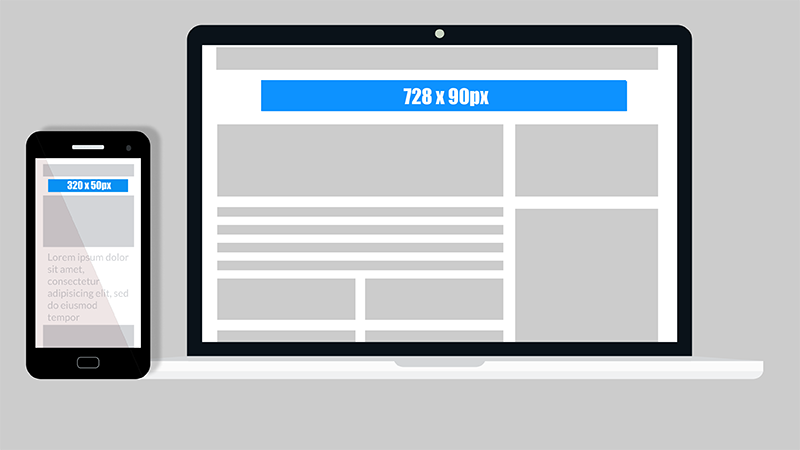
6. Wide Skyscraper – 160 x 600
The 160 x 600 skyscraper size is the most popular size among skyscraper banners and one of the most preferred banner sizes when it comes to placing banner advertisements.
Also often referred to as a standing banner, a wide skyscraper ad handles interactive content beautifully. It not only captures the user’s attention but also complements content-rich sites with its visual lightness.
The ideal placement of a wide skyscraper is in a website’s right and left sidebars. Due to its size which almost covers a full page vertically, users can notice it easily.
Publishers, such as BBC and BuzzFeed, use wide skyscraper banner ads on their homepage and some other pages.
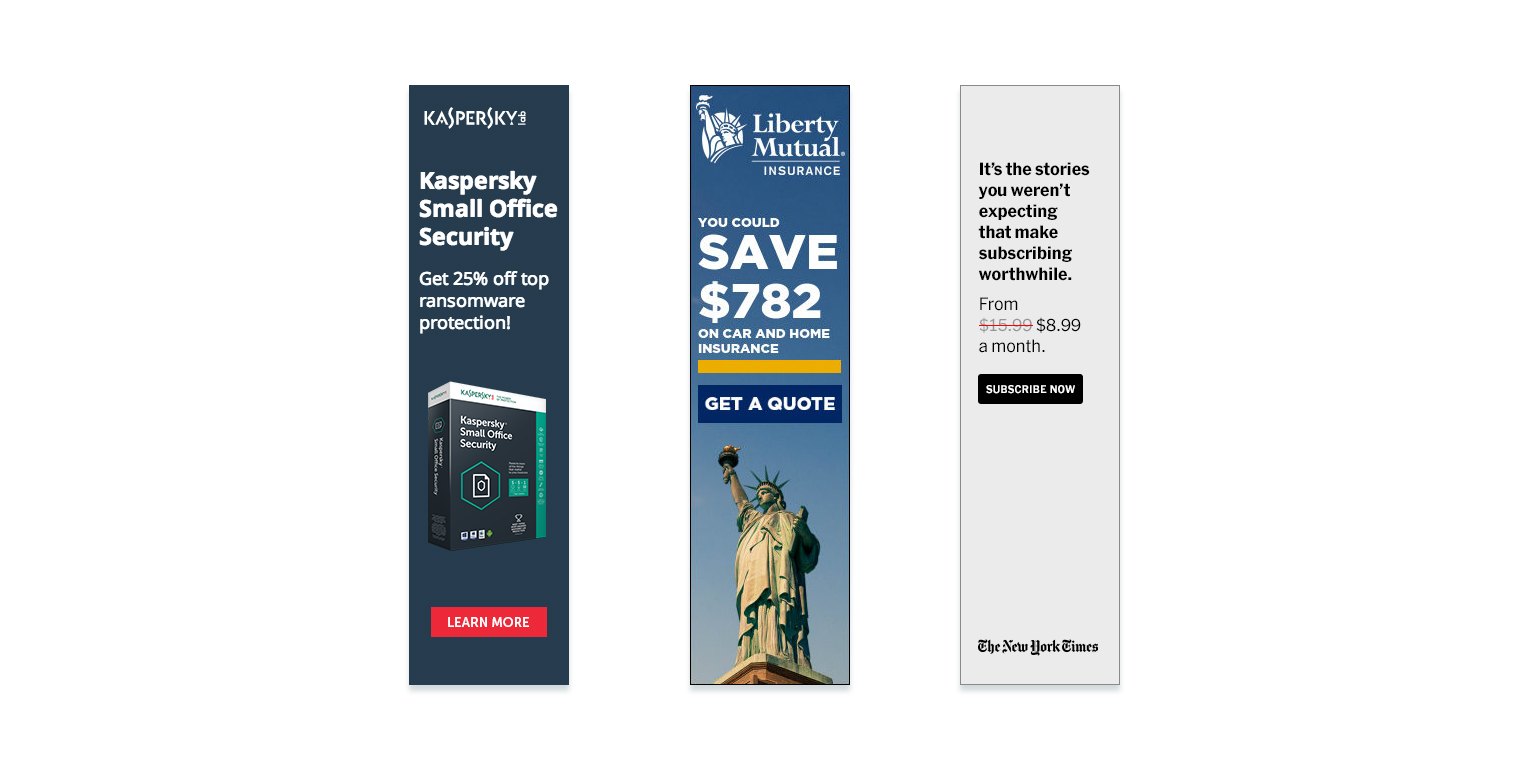
7. Monster MPU - 300 x 600
The 300×600 ad unit is an IAB standard ad unit with dimensions of 300 pixels wide by 600 pixels tall. 300×600 ads are also known as a Monster MPU, Half Page Unit (HPU) or Filmstrip.
The 300×600 ad can be run in its own ad slot but is more commonly set up as a multi-sized ad slot along with a 300×250.
The 300×600 half page unit is a highly successful ad unit in terms of both performance and the eCPM it commands. However, it has not made it onto the standard ad list yet because there are not enough sites that are designed to take it currently (it is on the IAB’s rising star list, however).
The 300×600 ad size is usually placed on the side of a page, in the same place an MPU would be – with the extra height coming from below the 300×250 slot. It can also be run in a 160×600 ad slot with the ad slot expanding left or right to accommodate the HPU.
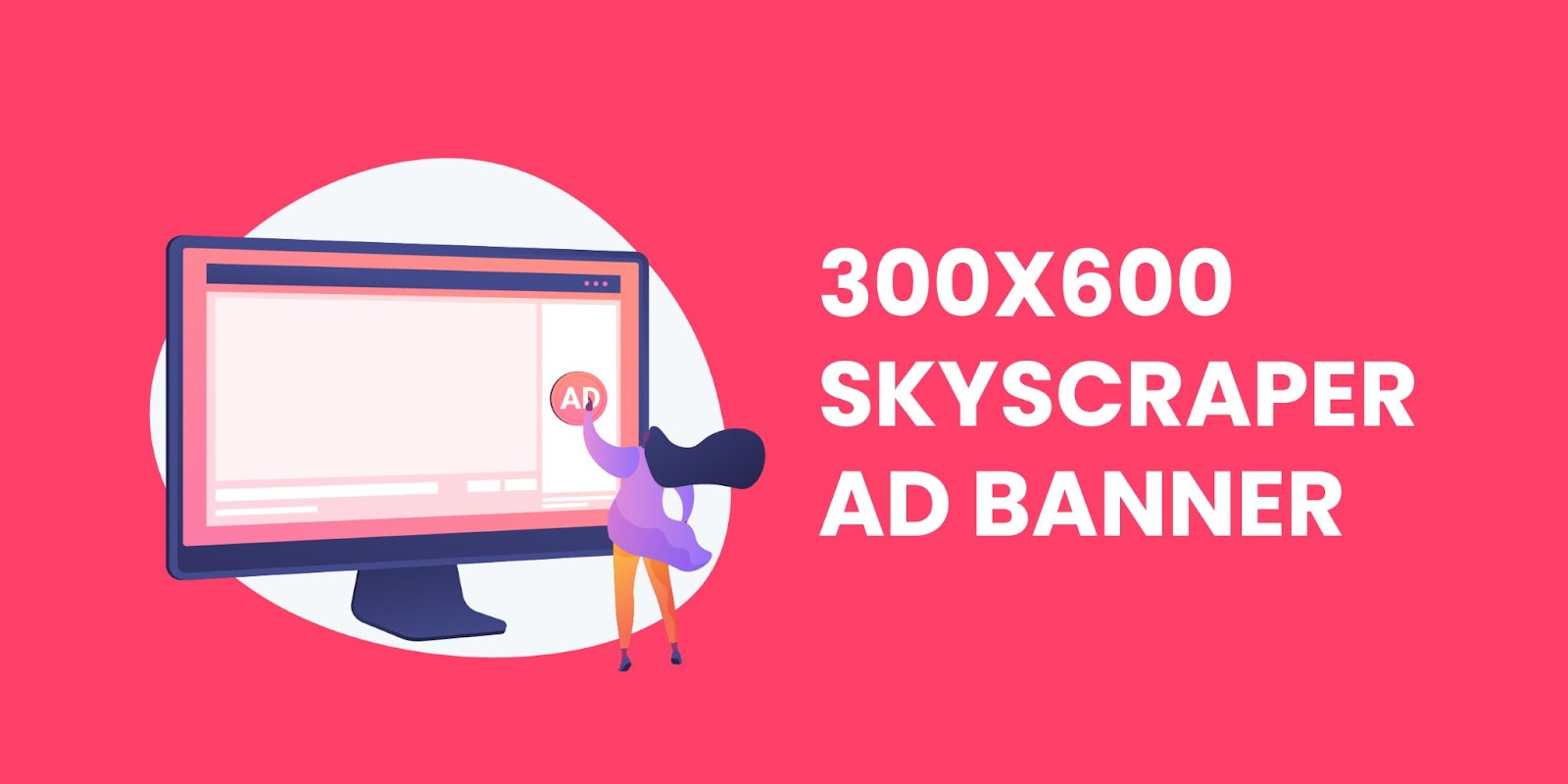
8. Large Mobile Banner - 320×100
The 320×100 ad unit is a top-performing AdSense ad size, which is (surprisingly) not included in the IAB Mobile standard ad units. It has the dimensions of 320 pixels wide by 100 pixels tall.
This ad size is known as a Large Mobile Banner and is the big brother of the 320×50 and 300×50 ad units. A 320×100 ad unit is most commonly used as an ad on smartphones and is the largest of the mobile-specific banner ads.
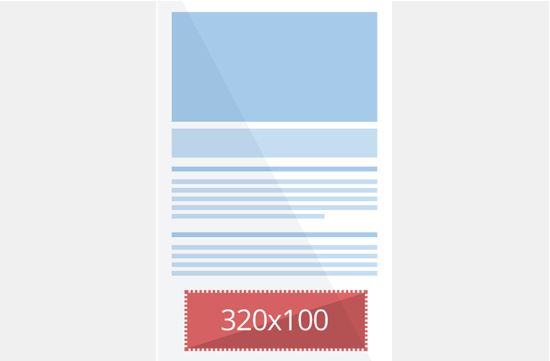
9. Mobile Interstitial - 320×480
The 320×480 ad unit is a mobile ad with dimensions of 320 pixels wide by 480 pixels tall. This ad size is known as a Mobile Interstitial.
This ad size is intended to be a full-screen ad on smartphones. Interstitial technically means an ad that appears between two pages. This means that when you click a link instead of the next page loading, this ad loads. However interstitial is generally used interchangeably with overlay (or floater) to simply mean an ad that loads on top of content (but within the same browser window). Most of the time when you see this ad, it will be as an overlay instead of a true interstitial.
The 320×50 ad unit is an IAB Mobile standard ad unit with the dimensions of 320 pixels wide by 50 pixels tall.
This ad size is known as a Mobile Leaderboard or Smartphone Leaderboard. It is the big brother of the 300×50, which is known as a Mobile Banner.
A 320×50 ad unit is most commonly used as an ad on mobile phones. It is listed as one of the top performers on AdSense.
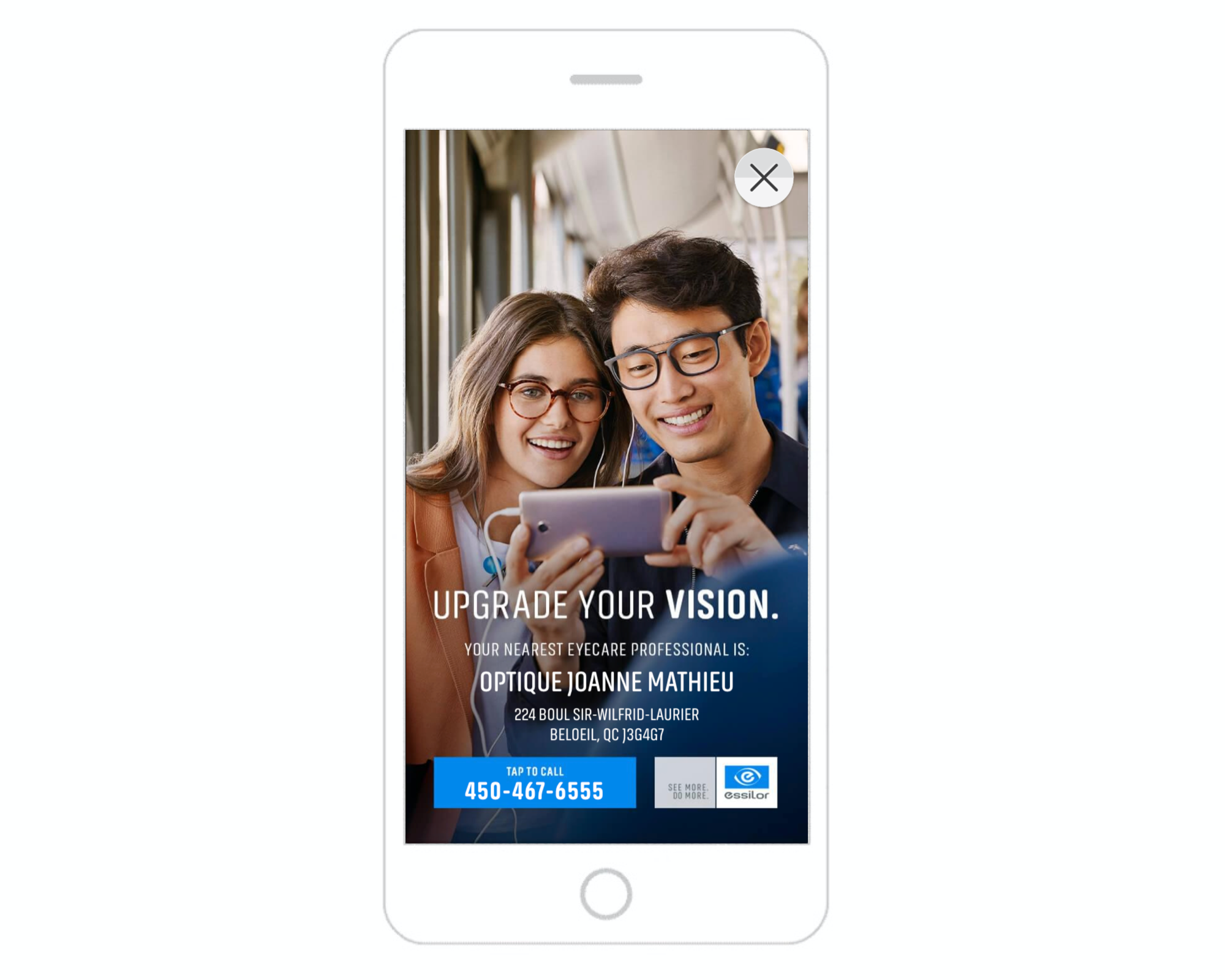
10. Mobile Leaderboard – 320 x 50:
The 320×50 ad unit is an IAB Mobile standard ad unit with the dimensions of 320 pixels wide by 50 pixels tall.
This ad size is known as a Mobile Leaderboard or Smartphone Leaderboard. It is the big brother of the 300×50, which is known as a Mobile Banner.
A 320×50 ad unit is most commonly used as an ad on mobile phones. It is listed as one of the top performers on AdSense.
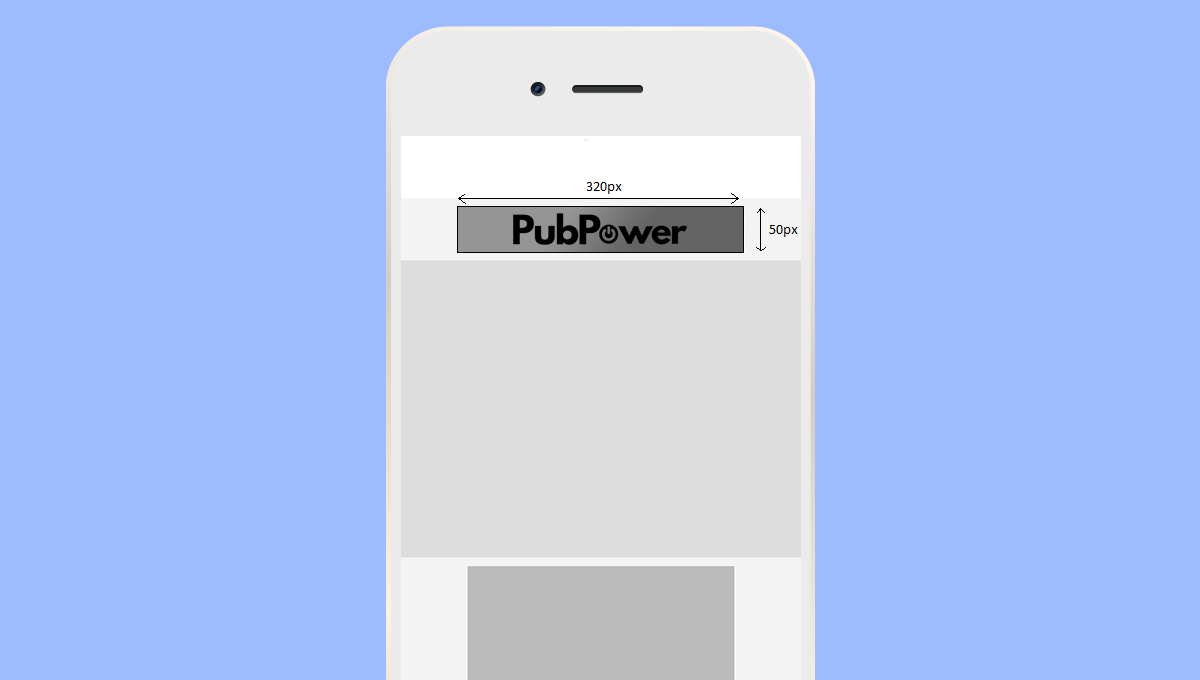
11. Large Rectangle - 336×280
The 336×280 is an ad unit that has been delisted by the IAB. It has dimensions of 336 pixels wide by 280 pixels tall. 336×280 ads are also known as a Large Rectangle (or LREC). As the name implies, it is essentially the big brother to 300×250 (or Medium Rectangle) ad unit.
The 336×280 ad can be run in its own ad slot but is more commonly set up as a multi-sized ad slot along with a 300×250.
The 336×280 large rectangle is a highly successful ad unit on AdSense. This is both in terms of performance and the eCPM it commands. However, it is not very common on other ad networks. This is why it was delisted by the IAB in 2011 in favour of the 300×250 ad unit.
An LREC is usually placed on the side of content, in the same place an MPU would be. When no Large Rectangle is available to deliver, AdSense will show a centred 300×250 instead.

12. Banner - 468×60
The 468×60 ad unit is a now-defunct IAB standard ad unit with the dimensions of 468 pixels wide by 60 pixels tall. The 468×60 was retired in 2011 by the IAB.
This ad size is confusingly called a banner, which likely stems from it being one of the first ad units, and therefore the show pony of “banner advertising”.
This ad unit was previously generally placed at the top of a page, in the spot currently occupied by leaderboards. It is often used twice on a page, with two banner ads appearing side by side to span the width of the page.
The unit was retired because of its consistently bad performance (due to being too small), yet still remains used somewhat frequently so should not be ignored. It is now most commonly served through a multi-size ad slot with a 728×90 ad unit.
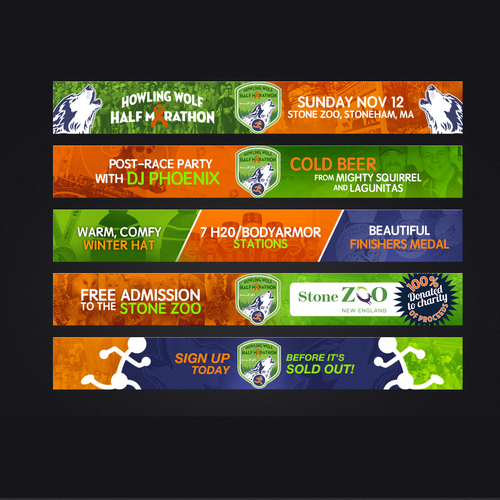
13. Leaderboard - 728×90
A leaderboard is a display ad unit that is 728 pixels wide by 90 pixels tall. It is commonly called a 728×90 or Leaderboard, but can also be referred to as a Leaderboard Banner or Super Banner.
A 728×90 ad is usually placed at the top of a webpage so that it will be seen immediately when the page loads.
Leaderboard ads are considered to be the second-best ad size (after MPUs) as they generally perform well and are incredibly common.
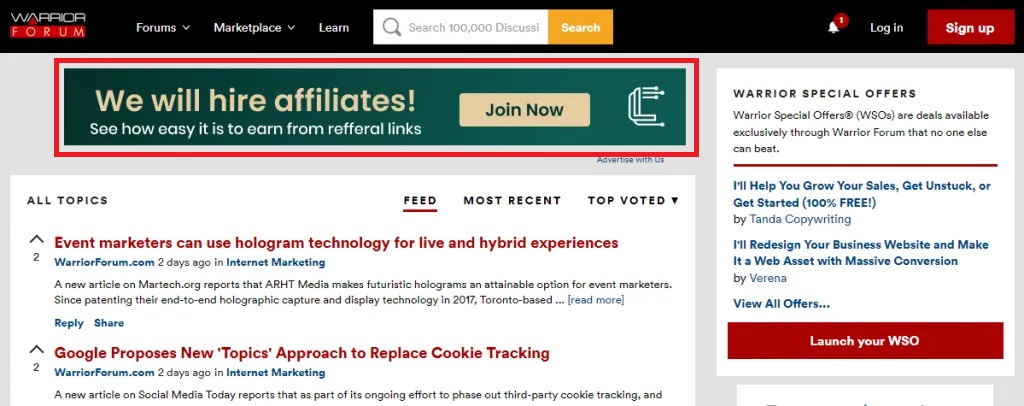
14. Billboard - 970×250
The 970×250 is an ad unit that has dimensions of 970 pixels wide by 250 pixels tall. 970×250 ads are also known as a Billboard. It is usually used as a type of Pushdown ad.
Despite being designated a Rising Star in 2011, the 970×250 ad is pretty rare across the internet. Larger sites often use them to great effect as part of sponsorship deals.

15. Super Leaderboard - 970×90
The 970×90 is an ad unit that is 970 pixels wide by 90 pixels tall. 970×90 ads are also known as a Super Leaderboard. It is sometimes used as a type of Pushdown ad.
Despite being designated as an IAB Standard Ad, the 970×90 ad is pretty rare across the internet. It was intended to upgrade the 728×90, in the same way that the 300×600 was meant to replace the 300×250. However, while it does offer more space it never became that popular.

It's essential to choose the ad size that aligns with the design and layout of the website where the ad will be displayed. Advertisers often create multiple versions of their creatives to fit different ad sizes and optimize the performance of their campaigns.

